
The eyes have it: Seven tips for maintaining vision

Army Reserve Spc. Brianne Coots performs an exam during a readiness training event in 2018 at Kea’au, Hawaii. (U.S. Army photo by Sgt. Stephanie Ramirez)
Eyes may be the window to the soul, as William Shakespeare reportedly said, but in the military, eyesight is essential to remain fit for duty. Here are seven tips for maintaining good eye health:
Protect those peepers. "I think wearing eye protection is the most important thing anybody can do to protect their vision for the long term," said Dr. Robert Mazzoli, a retired Army colonel and an ophthalmologist at the Vision Center of Excellence, or VCE. Of the approximately 2,000 eye injuries that occur in the United States daily, he said, 90 percent would have been prevented by wearing proper eye protection.
The VCE offers guidance on activities that call for wearing eye protection. In addition to obviously risky activities, such as grinding and hammering, Mazzoli said playing sports, working with bungee cords, and using household cleaning products or other chemicals are also risky. The Authorized Protective Eyewear List details items that provide the highest level of eye protection.
If an injury does occur, the worst thing to do is to put pressure on the eye, Mazzoli said, such as patching it. This could lead to further injury, including loss of vision and even loss of the eye itself. A rigid shield protects against further damage, he said. If a shield is not available, he suggested donning a pair of glasses to serve as a shield and then taping them in place before seeking immediate medical help.
Get shaded. The sun's ultraviolet, or UV, rays can affect vision and lead to conditions such as macular degeneration and cataracts, Mazzoli said. Macular degeneration, which permanently damages the retina over time, is the leading cause of age-related blindness. Cataracts are the clouding of the lens, the part of the eye that focuses light.
Sunglasses labeled UV 400 offer the best protection, and should be worn even on overcast days because UV light can go through clouds, said Mazzoli.
Step away from the smartphone. “When you're using smartphones, both the screens and what we're trying to see are typically very small, and this taxes an individual’s ability to focus on and resolve the content being viewed,” said Dr. Felix Barker, an optometrist with the Department of Veterans Affairs who works with the VCE.
Barker also said smartphones increase demands on vision because they're held close to the eyes for reading. “The eyes try to converge, meaning that they turn closer together,” he said. “When you spend an excessive amount of time on smartphones, you can put a lot of stress on your vision and cause blurred or even double vision.”
Here come those tears again. Dry, itchy eyes are common among allergy sufferers, Mazzoli said. But he recommends against overusing products that contain redness relief ingredients such as potassium chloride and tetrahydrozoline, because they may eventually damage the eyes. Instead, look for products that advertise themselves simply as artificial tears, which provide lubrication.
Kick the habit: According to the American Cancer Society, smokers are at increased risk for developing vision loss and eye disease such as Dry Eye Syndrome, which appears as damaged blood vessels and causes itchy and burning sensations.
Take care with contact lenses. Contact lenses can damage eyes if they're worn for too many hours or not cleaned or stored properly, according to the Centers for Disease Control and Prevention. The CDC's recommendations include not sleeping in contact lenses unless your eye doctor has prescribed this, and removing lenses before swimming, showering, and using a hot tub.
Get regular vision exams. Active-duty service members can get routine eye exams as needed to maintain fitness for duty. Their covered family members are eligible for one routine eye exam per year and may be eligible for more robust coverage. The TRICARE website has information about eligibility and coverage for all MHS beneficiaries.
Air Force units partner for aeromedical evacuation exercise
Article
2/27/2019
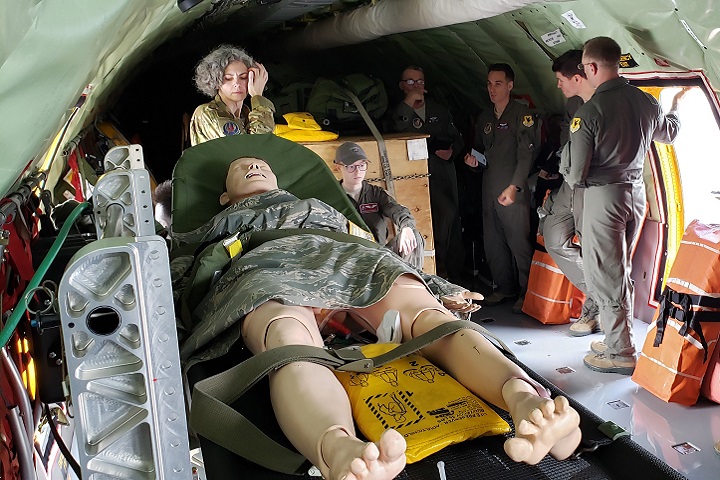
With a critical care mission spanning half the globe, practicing is vital to patient survivability
Military health care transitions to new life support training provider
Article
2/20/2019
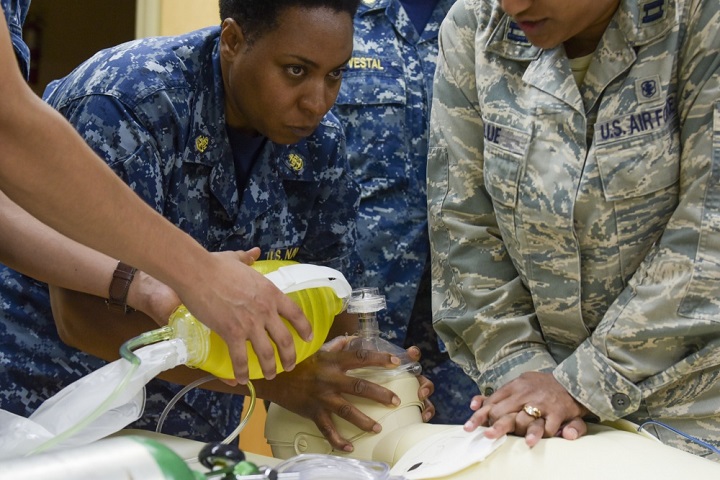
American Red Cross courses better suited to military needs
Gone in a flash: ‘Floaters’ in field of vision can warn of vision issue
Article
2/14/2019

Jane Acton was familiar with vision issues and her quick action after experiencing the onset of retinal detachment was vital in recovering her vision
The simple – and complicated – task of shoveling snow
Article
2/5/2019

When in the throes of winter weather, there are ways to prepare for a successful, injury-free snow shoveling activity
MSMR Vol. 26 No. 2 - February 2019
Report
2/1/2019
A monthly publication of the Armed Forces Health Surveillance Branch. This issue of the peer-reviewed journal contains the following articles: Non-alcoholic fatty liver disease (NAFLD), active component, U.S. Armed Forces, 2000–2017; Cardiovascular disease-related medical evacuations, active and reserve components, U.S. Armed Forces, 1 October 2001– ...
Army Medicine joins forces with civilian hospitals to sustain medical readiness
Article
1/31/2019
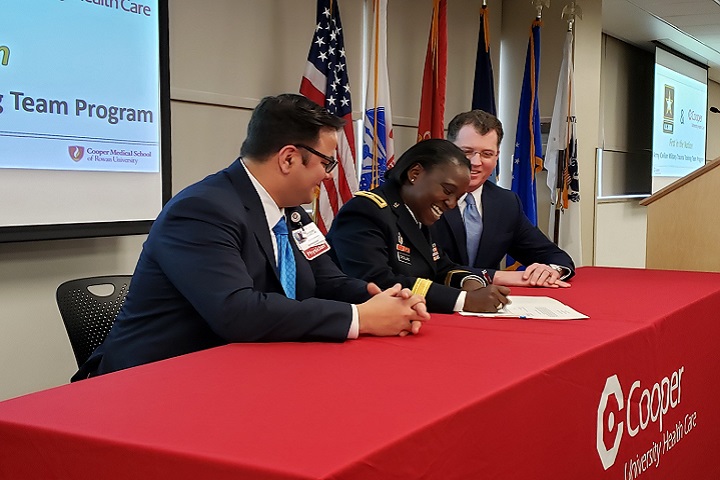
The AMCT3 program addresses the 2017 NDAA directive for the Military Health System to establish partnerships to maintain trauma care competency
Acute Flaccid Myelitis Case Reporting
Infographic
1/29/2019

This case highlights important clinical characteristics of acute flaccid myelitis and emphasizes the importance of including AFM in the differential diagnosis when evaluating active duty service members and Military Health System beneficiaries presenting with paralysis.
Cardiovascular disease-related medical evacuations
Infographic
1/29/2019

This descriptive analysis summarizes the demographic characteristics, counts, rates and temporal trends for Cardiovascular disease-related medical evacuations from the CENTCOM area of responsibility. In addition, the percentage of those evacuated who had received pre-deployment diagnoses indicating cardiovascular risk is summarized. Responses to ...
Non-alcoholic fatty liver disease
Infographic
1/29/2019

At the time of this report, there were no published studies of non-alcoholic fatty liver disease (NAFLD) incidence over time among active component U.S. military personnel. Examining the incidence rates of NAFLD and their temporal trends among active component U.S. military members can provide insights into the future burden of NAFLD on the MHS.
Gaining new perspective through vision-correcting surgery
Article
1/29/2019
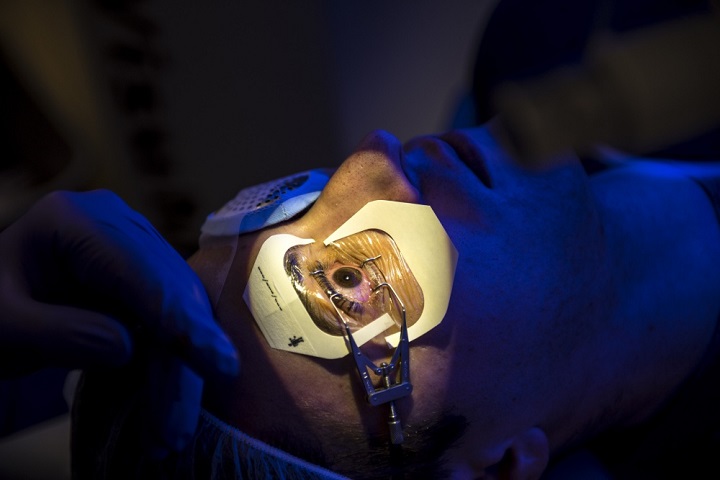
Once deemed a disqualifying factor for service, refractive surgery is now available to active duty service members through a Department of Defense approved program
Transformation underway across the Military Health System
Article
1/29/2019

All of these changes – the Military Health System transformation, MHS GENESIS, TRICARE enhancements – are aimed at taking the DoD’s health enterprise to the next level
Growing Air Force’s space medicine culture
Article
1/23/2019

The role of AFSPC medics to ensure space operators are medically ready to complete their mission
2019 TRICARE Winter Safety Kit
Infographic
1/22/2019

This infographic provides tips and information about staying safe and warm during a snow storm.
A new year marks a new you
Article
1/18/2019
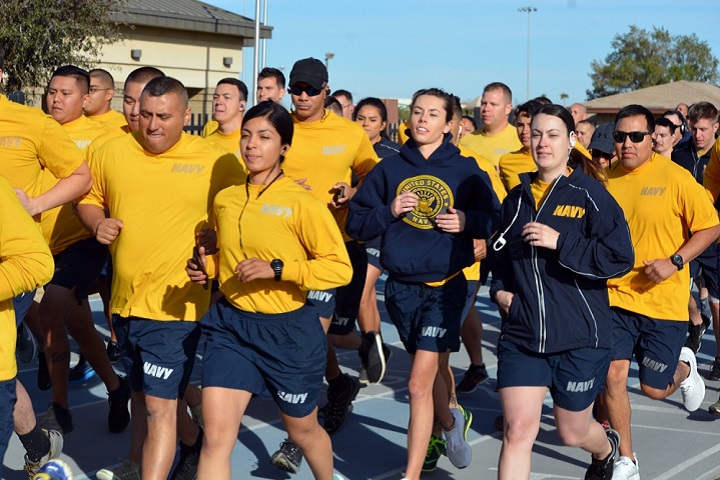
Changes in lifestyle don’t have to be drastic to be effective
CJTH continues to provide superior care for U.S., coalition forces
Article
1/7/2019
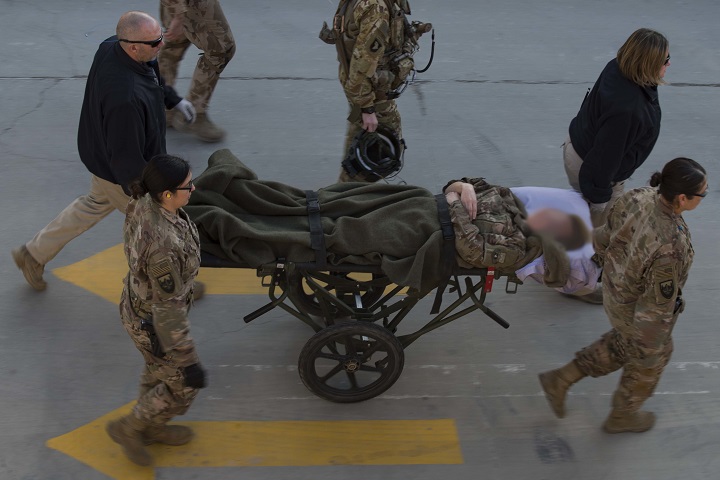
With a 99.3-percent survival rate, the hospital staff have reason to be proud






















.png)











No hay comentarios:
Publicar un comentario